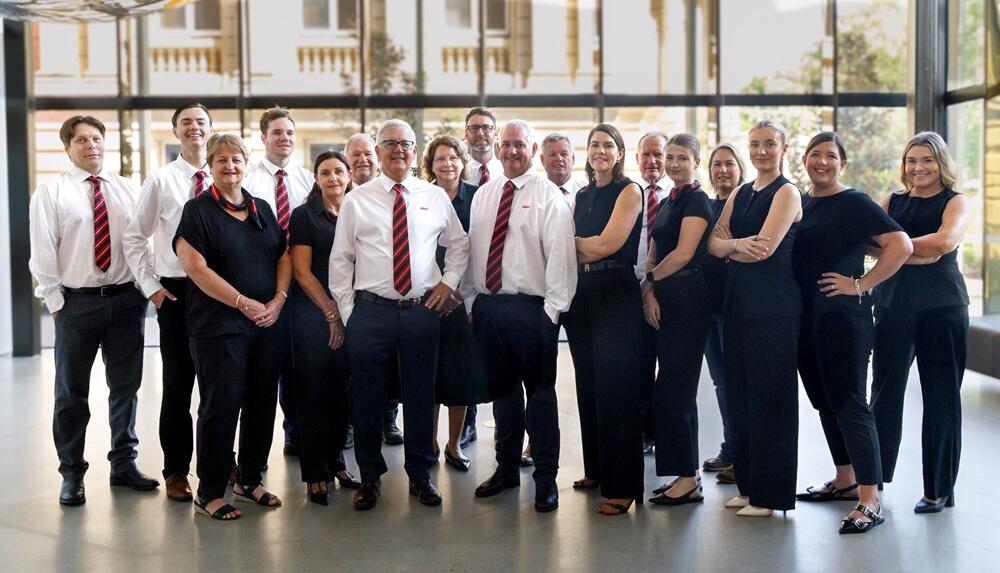
Melbourne, long considered Australia’s secondary data centre market, is stepping out of Sydney’s shadow when it comes to data centre growth, according to Knight Frank’s latest research.
The firm’s Asia-Pacific Data Centre report found total supply in Melbourne nearly tripled to 4.7GW as of Q2 2025, as land and power constraints push development south.
The city now hosts dedicated cloud regions from all four major US providers: AWS, Microsoft, Google, and Oracle, with 95% of colocation take-up driven by AI workloads.
Live IT capacity is now 337.1MW, marking a 25.4% year-on-year increase.
This growth trajectory of data centres in Melbourne is expected to continue, supported by a pipeline of 934.8MW in committed and under construction projects.
The report found that in terms of take up, in the first half of 2025 Melbourne saw 127.6MW of transacted capacity, with artificial intelligence remaining a primary driver of demand and representing 95% of all colocation take-up.
Knight Frank Partner, Head of Industrial Investments Angus Klem said Melbourne was stepping into the spotlight as a hub for next-generation digital infrastructure.
“Accelerated demand for cloud and AI services is driving strong growth, supported by a solid industrial real estate base and a favourable business environment,” he said.
“With Sydney grappling with land power constraints Melbourne presents a more attractive alternative, offering larger, more accessible land parcels and fewer grid limitations.
“However, power availability is also becoming constrained in Melbourne due to extensive builds over the past three years and the rapid ramp up of AI demand.
“Even so, its proximity to renewable energy sources in Victoria enhances its appeal to developers prioritising ESG goals.”
The Knight Frank report found Sydney was still the biggest data centre market in Australia, with aggregate supply growing by 16.4% in the first half of 2025, surpassing the 5.2GW mark. During this time 18.9MW of new capacity became operational, bringing total live IT capacity to 757.0MW
Operators and investors continue to scale investment in the region. NEXTDC lifted its 2025 capital expenditure guidance by AUD$100 million, citing rising AI-related demand. CPC Data Centres is arranging new debt financing, seeking to add circa AUD$1.4 billion. AWS has added further weight to Sydney’s role within its global footprint, announcing a circa AUD$20 billion, five-year investment programme across Sydney and Melbourne and separately lodging plans for a circa AUD$450 million 53MW facility in Gregory Hills.
Mr Klem said: “Sydney continues to operate as a traditional cloud market, with steady pre-lets and slower ramp-ups. Rising costs, land and power constraints limit scope for AI expansion and customers are increasingly leveraging Sydney’s connectivity to service regional cloud demand.”
The report found that in the first half of 2025, a total of 27.4MW in transactions for data centres was recorded in Sydney, all of which took place in the first quarter. Demand continues to be driven by public cloud providers, which accounted for all co-location take up during this period.
Asia-Pacific data centre market sees 160% growth in new project announcements, reaching nearly 13GW in H1 2025
Knight Frank’s Asia-Pacific Data Centre report shows that in the first half of this year, the region secured nearly 13GW of new project announcements, a 160% increase and more than double the 5GW announced in the same period last year. The funding needed for these projects already exceeds US$180 billion.
Major technology firms are driving much of this investment. Amazon is projected to exceed US$100 billion in capital expenditure for 2025, up from about US$82 billion last year, while Microsoft invested US$55 billion in 2024 and has committed more than US$33 billion this year. Collectively, Microsoft, AWS, Google, and Meta have committed over US$160 billion in 2025 alone, reflecting the intensity and scale of current infrastructure development.
Knight Frank’s Head of Data Centres Asia-Pacific Fred Fitzalan Howard said: “The sheer volume of new projects in the region highlights just how important the region has become in the global digital infrastructure landscape. However, coordinating this rapid growth is a complex challenge, as operators must keep pace with advances in technology and rising energy needs, all while ensuring new facilities are delivered in step with evolving demands.”
Alongside the hyperscalers, GPU-as-a-Service providers are expanding rapidly, seeking multi-megawatt capacity across the region and bringing greater diversity into leasing conversations. Creditworthiness and shortened deployment timelines remain perennial challenges, but innovative guarantee structures are enabling some operators to compete effectively for new contracts.
Mr Fitzalan Howard adds, “What has become clear is the strict requirement for operators to design facilities with capacity that can be flexibly deployed for either Cloud or AI workloads, offering tenants maximum optionality. While this adds cost, it is now a decisive factor in site selection. Locations that combine proximity to parent sites with sufficient power allocations to support long-term runway are winning out, although this remains a significant challenge given national grid constraints and permitting delays in Tier 1 APAC markets.”
The report found Johor in Malaysia has established itself as Southeast Asia’s fastest-growing data centre hub, with aggregate supply nearly doubling over the last 12 months to 5.8GW in Q2 2025.






